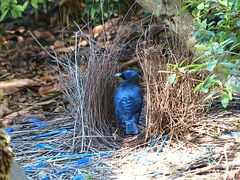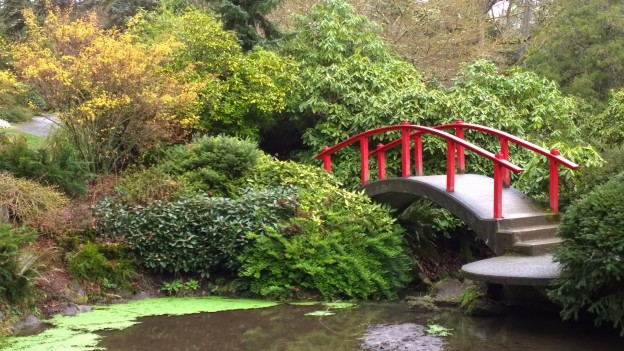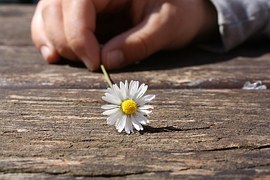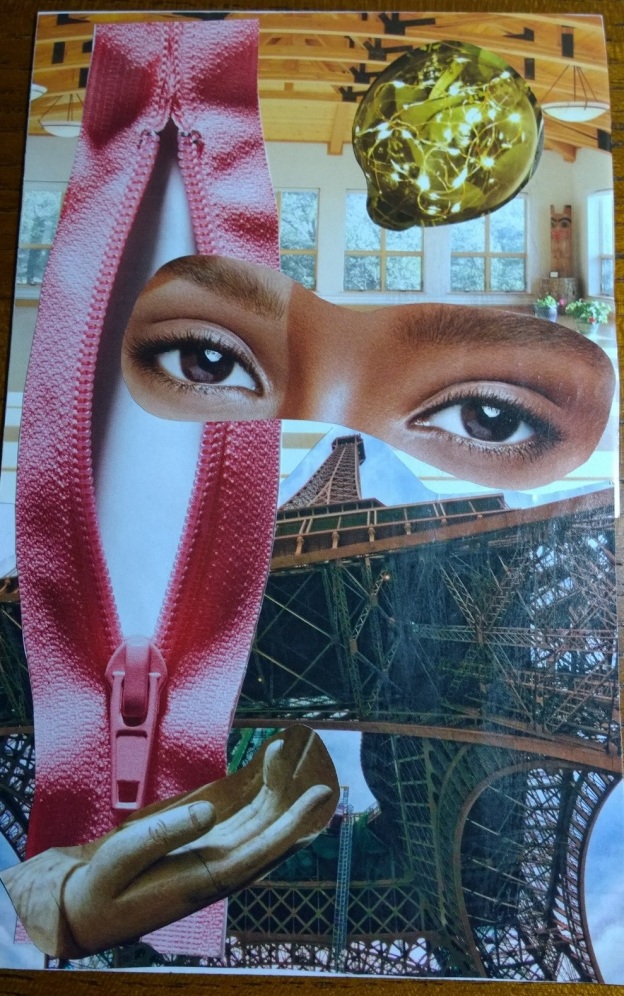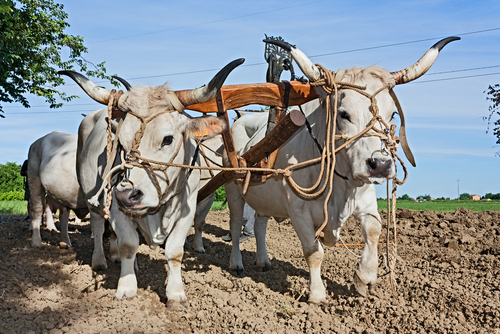
For several years, I’ve felt a prompting to write about eddies.
The exact genesis of this thought is fuzzy. I think it came from watching a movie or documentary that showed an eddy in a river. At the time, it caught my attention. I was going through a period of great spinning-around-and-going-nowhere. The cause and results of water eddies seemed a perfect life metaphor. “I should spend some time writing about this,” I thought.
I began by learning more about eddies online. Eddies are the opposite-flowing and often circular water patterns that occur in bodies of moving water. Think river or ocean. They are formed by an obstruction to the flow of a river or the irregularities of the ocean floor.
I started to write numerous times, but the words were labored. As the time between writing attempts widened, I ultimately forgot about eddies and went on with life.
A year or two later, I went for a walk at a local park. Near the beginning of the path, out of the corner of my eye, I noticed a yellow fire hydrant.” Strange,” I thought. “Who notices fire hydrants?” Dismissing the feeling, I continued walking. No matter how far or fast I walked, I couldn’t escape the thought that I should go back to take another look. When I could no longer ignore the urge, I walked back for a closer inspection.
Standing before an ordinary yellow fire hydrant, I tried to suppress the thoughts of how strange I must appear when I noticed the quizzical faces of other walkers. “Pay no attention,” I thought as my eyes quickly scanned the object. It wasn’t long before I noticed raised, metal-forged words:
“EDDY Iowa.”
I did a double-take. And remembered about eddies.
Later that day, I learned that EDDY is a model of fire hydrant dating back to 1875. In the early 1970’s Clow Valve Co, located in Iowa, purchased the business of their manufacturing. It is said that the EDDY model is a top choice for firefighters because of how quickly and easily its valve opens under pressure.
“Opens easily under pressure.” I logged that thought for future reference.
Fast forward several years to today, July 25, 2022. For the past 11 1/2 months, due to a knee replacement infection from four years prior, I’ve been unable to bear weight on my left leg. The infected knee apparatus was removed last August, and an antibiotic-carrying cement spacer was inserted in its place. As the infection slowly resolved, followed by months of waiting for knee revision surgery caused by a huge Covid backlog, the surgery was set for the end of June. With great excitement, that day arrived. But it was not to be. In the pre-op area, less than an hour prior to surgery, I had a significant allergic reaction to the infusion of an antibiotic that I’ve had in the past. The surgery was canceled and rescheduled for the end of July. Another full month of waiting.
Last week, while reflecting on the trials of the past year, the eddy analogy came to mind. I thought about the ways in which the past year had been very much like a metaphorical eddy. Lots of swirling around and feeling as if I was going nowhere.
I pulled from memory the things I had learned from my walk-in-the-park experience about the EDDY valve as well as eddies that form in the water. “Opens easily under pressure,” I remembered. It was the key benefit of an EDDY valve in a fire hydrant. The inability to walk for a long period is a building by how difficult simple tasks had become. Between using a wheelchair or hopping on one leg with a walker or crutches, to say that normal life was disrupted is an understatement.
Last summer, following the initial surgery, I determined to do my best to use this time of difficulty to see the gifts and lessons that could come from it. Well-intentioned as I was, there were many times of tears and deep frustrations at the realities of the inability to walk. There was a pressure of sorts that built and could only be relieved by opening myself to its source. I recalled an excellent book, called “Broken Open,” written by Elizabeth Lesser. In it, she offers tools to help us make the choice we all face in times of challenge: Will we be broken down and defeated, or broken open and transformed?
I read the book nearly ten years ago, after my darling, beloved husband died by suicide. Someone had given me Lesser’s book, which gave me the courage to open to the depths of my grief and dismay. The process of slow transformation began there, and with the expert assistance of a gifted therapist, pressure relief came slowly. Therapy was an EDDY valve of sorts. A safe place to explore my feelings and gently open to allow the pressure within to dissipate, making transformation possible. In the opening to brokenness, I slowly found a path to joy and a new chapter of life. Thank God for the metaphorical EDDY valves that exist for our benefit when we are willing to break ourselves open in the face of tragedy and obstacles.
Turning to the phenomenon of eddies in nature, I recalled what I had learned about their slower, reverse direction in a river when an obstacle like a boulder changes the flow. The inability to walk was my huge life boulder. I recall saying to several people that my life had turned into something that I did not recognize. In that way, it resembled a swirl flowing opposite to anything I had known.
But river eddies don’t end with just the obstacle.
Eddies create the perfect place for kayakers in turbulent waters to rest. In fact, I learned that experienced paddlers look for eddies along the way when their arms tire and they need a break. Despite its many obstacles, this year provided opportunities to rest from my own efforts in favor of the knowledge of God’s presence and the resulting rest and the deepening of my faith and patience.

Eddies also occur in the ocean and are sometimes more than 100 miles in diameter. Eddies and small currents can be viewed from space. They indicate the presence of phytoplankton blooms, caused by the swirling motion that brings nutrients, found only in colder, deeper waters to come to the surface, bringing nourishing elements for sea creatures that live there. In the past year, it was necessary to plumb the depths of my faith and spirituality so that the benefits residing there reached the surface challenges of living a smaller, more limited life.
Significant eddies in the ocean are assigned names like hurricanes. The names follow chronologically along with the alphabet. In this spirit, I’ve decided to name my year-long eddy, “DOROTHY;” a Greek name from Doron (gift) and Theos (God).
Understanding the benefits of eddies has been God’s gift of presence and transformation for me this year, in the challenge of living through an obstacle that seemed insurmountable.


